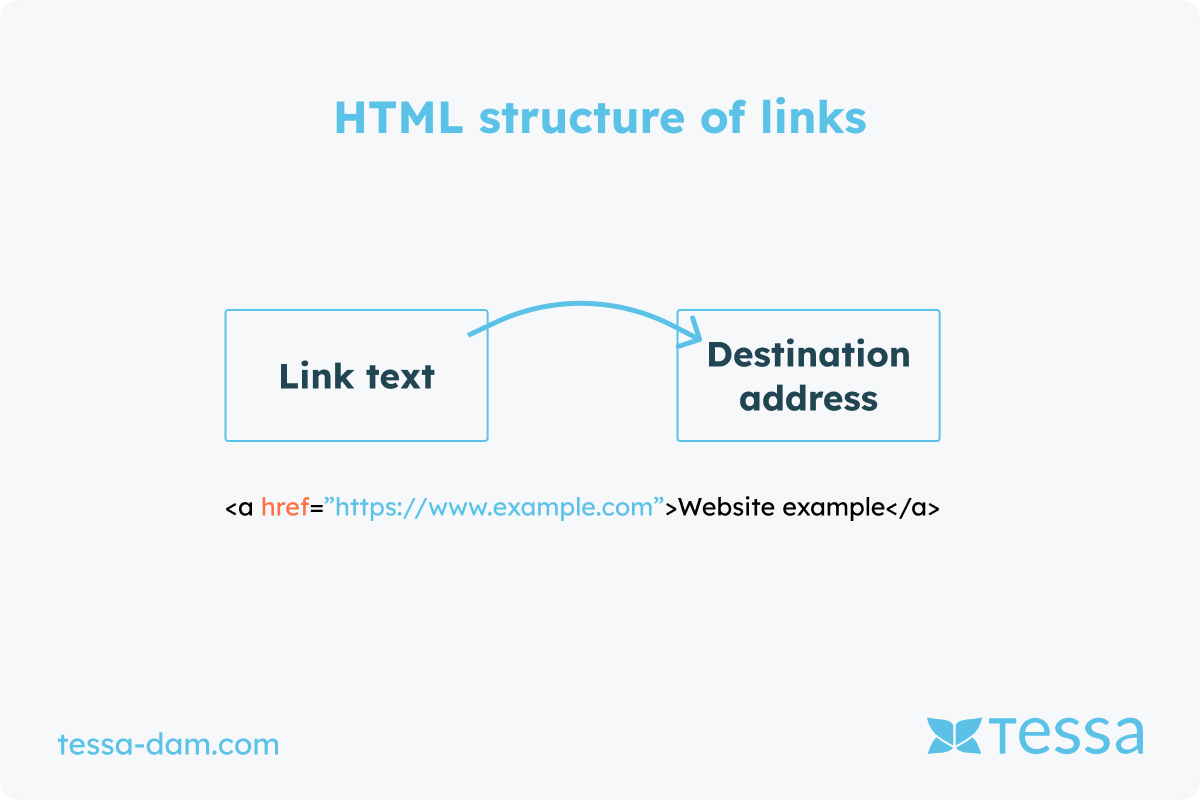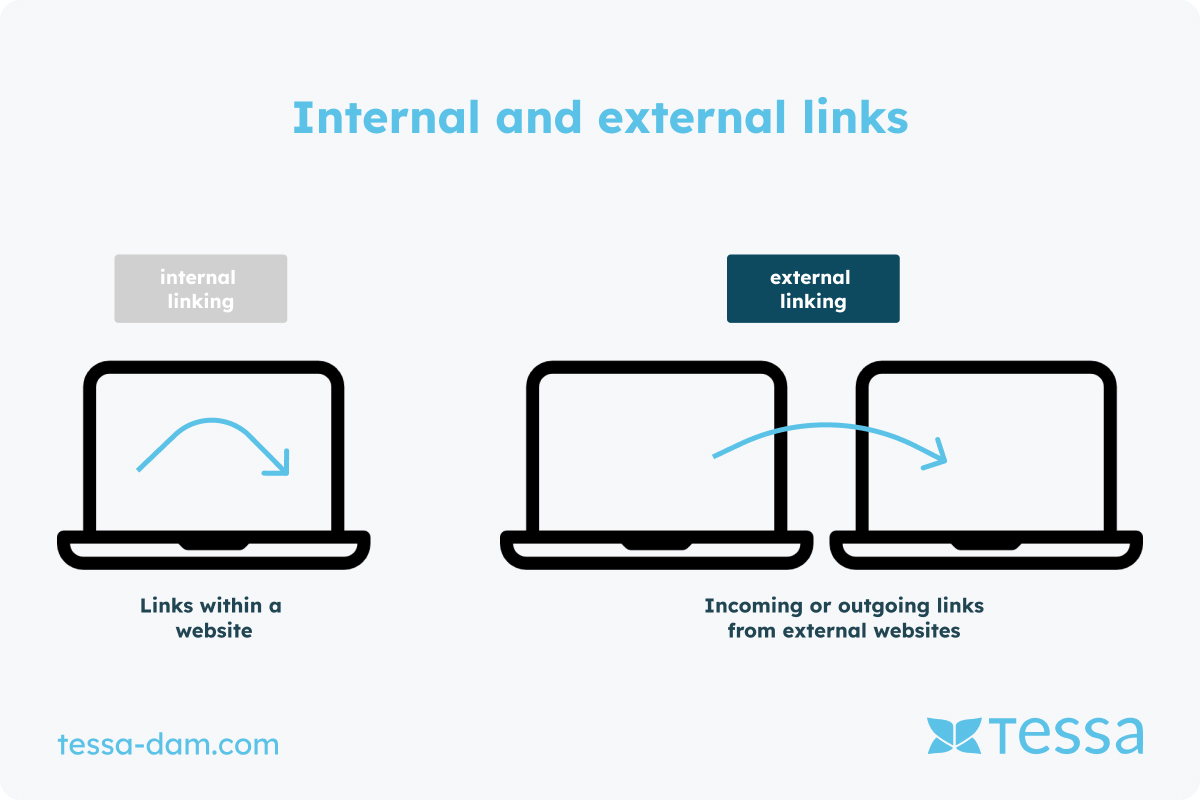Context
A link, commonly known as a hyperlink or backlink, is a fundamental element of the World Wide Web that connects various subpages or websites. In today's era of Search Engine Optimization (SEO), links are gaining increasing importance as they play a crucial role in the search and ranking algorithms of many search engines. However, their functionality extends far beyond SEO and encompasses navigation, information exchange, and structuring of web content.
Definition of links
A link is an electronic connection on the internet that enables navigation between different web pages. They are essential for the network structure of the internet as they connect isolated web pages and facilitate information exchange. An example of a link is the "Read more" link at the end of a blog post, which leads the user to the full article page.
Use of links
Links can take various forms, including text links, image links, and buttons. They are commonly used in HTML or other markup languages and can serve both for navigation between pages and for linking to external resources such as RSS feeds or email addresses. An example of this is an image link on a website that leads to an external online shop where the depicted product can be purchased.
HTML structure of links
The structure of a link consists of two main parts: the target address (URL) and the link text. The target address defines the webpage or resource to which the link leads, while the link text is clicked by the user to reach the target address. The placement and formatting of links can be controlled through CSS. An example of the HTML structure of a link would be:
Backlinks are references from other websites to a specific webpage and play an important role in SEO. They influence the link popularity and importance of a webpage but cannot be directly controlled by the website operator. Distinguishing between dofollow and nofollow backlinks and their effects on search engine rankings is crucial for SEO strategy. An example of a backlink would be an article on another website linking to a company's webpage and mentioning their products or services.
Differences between internal and external links
Internal links are connections within a webpage or domain that connect various pages and facilitate navigation within the website. The website operator has full control over internal links and can use them strategically to optimize the structure and user experience of the website. External links, on the other hand, refer to external documents or domains outside of the website. These links are less controllable as they come from other websites. External links can be used to refer to reference sources, partner companies, or relevant external content to strengthen the credibility and relevance of the website. They also play an important role in SEO as they influence the backlink structure and can improve the visibility of the website in search results.
Conclusion
Navigation between web pages
Links are an indispensable element of the World Wide Web that significantly shapes the structure and functionality of the internet. They enable navigation between web pages, promote information exchange, and play a crucial role in SEO. By understanding their functionality and significance, website operators can develop effective strategies to improve their visibility and relevance on the internet.






